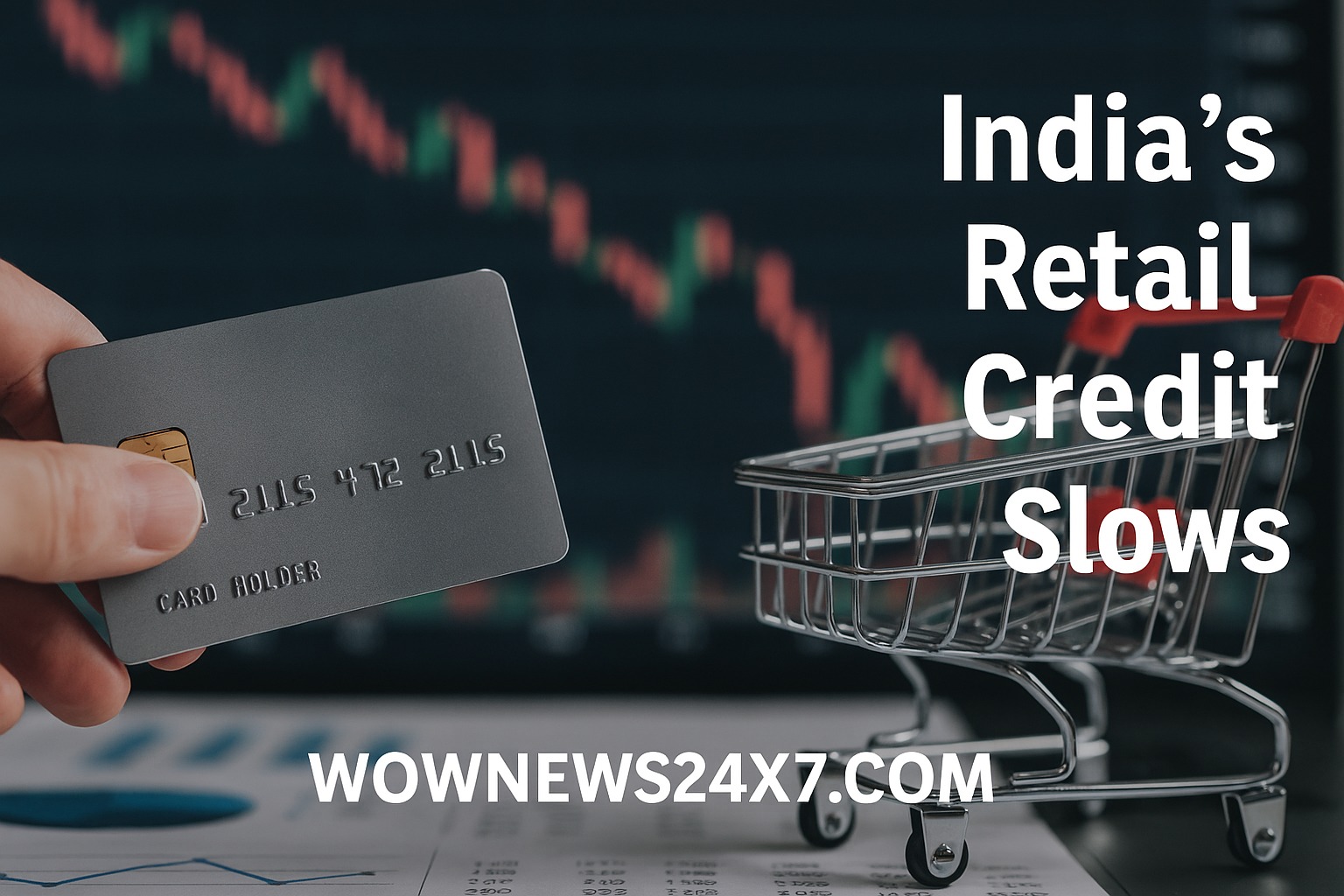India’s vaunted consumption-led growth model faces a critical test in mid-2025 as retail credit—long the lifeblood of urban and aspirational consumption—hits a wall. After years of double-digit expansion, loan growth to individuals is now slowing rapidly, sparking debate among policymakers, banks, and businesses about how this shift could impact the world’s fastest-growing major economy.
Retail Credit: The Numbers Behind the Slowdown
In July 2025, a slew of new data confirmed what many had feared: retail credit growth is losing steam amid mounting risk aversion by banks and changing market dynamics. According to Reserve Bank of India data, overall bank credit growth moderated to 10.2% year-on-year as of June 27, 2025, down from 13.8% a year ago. Retail credit specifically is rising at just 11–14%, well below the ~27% growth seen just a year prior. The deceleration is clearest in unsecured loans—personal loans and credit cards—which had been surging but now show single-digit growth rates.
Lending to homebuyers has also slowed to a crawl. Home loan originations in FY25 grew just 2.7% year-on-year, compared with 9.4% in FY24. Even the number of new home loans fell, reflecting cooling demand amid high property prices and broader economic uncertainty.
This retreat isn’t limited to individuals: data show muted growth across industries, services, and agriculture. But the sector suffering most from lenders’ newfound caution is the high-octane world of retail credit, once seen as immune to downturns.
Why Is Retail Credit Shrinking?
-
Regulatory Tightening: RBI has moved to curb risks from spiraling unsecured lending, urging banks toward greater caution after signs of rising delinquencies in personal loans and credit cards.
-
Banks Turning Selective: With growing stress in microfinance and unsecured segments, banks are prioritizing asset quality over raw expansion, and favoring secured, high-ticket loans (like luxury mortgages).
-
Slowing Consumer Demand: Demand for loans is softening as heightened caution, macroeconomic uncertainty, and plateauing job creation cool the animal spirits that had propelled consumer borrowing.
-
High Base Effect: After explosive growth in the post-pandemic years, even modest slowdowns feel sharper.
-
Shift in Borrower Profile: There’s a marked fall in loan demand from younger customers, with the share of borrowers aged ≤35 slipping from 58% to 56% in key recent quarters.
Risks to the Consumption-Led Growth Story
India’s economic expansion is predicated on vibrant consumption—still over 55% of GDP—with credit playing a major enabling role. The current retail credit squeeze threatens to act as a speed breaker on this narrative. As easy personal loans and consumer durables finance dry up, there’s real risk of a broad-based slowdown in segments that depend on “buy now, pay later” demand.
Already, several indicators point to softening in big-ticket discretionary purchases. With home, car, and two-wheeler loans growing more slowly or even contracting in volume terms, sectors like real estate, auto, and consumer durables could see demand taper further in the coming quarters.
The ripple effects go further: weaker loan growth can restrain rural demand (via lower agri and gold loan growth), blunt transmission of monetary easing, and even dent confidence—a challenge, given that policymakers are trying to spur spending to offset global trade uncertainties and tariff wars.
The Bright Spots & What Lies Ahead
Not all news is bleak. MSMEs are still drawing credit at strong rates. Some banks are shifting focus to secured and asset-backed loans, like higher-value home and two-wheeler finance. And big public banks are regaining market share from private ones in key segments. There’s also hope that recent repo rate cuts and a possible new RBI rate cut in August 2025 will soon filter down, gradually reviving overall credit appetite.
Economists caution, however, that the days of “easy money” in retail lending may be over, and the current adjustment could herald a shift to a more mature, sustainable credit market—one less prone to periodic busts, but also less supportive of breakneck consumption growth.
Relevant Sources: Reuters, Economic Times, Business Standard, Angel One News, Times of India, CRIF High Mark, TransUnion CIBIL, The Secretariat, ICICI Direct, IndiraTrade
Advertisement
Advertisement



